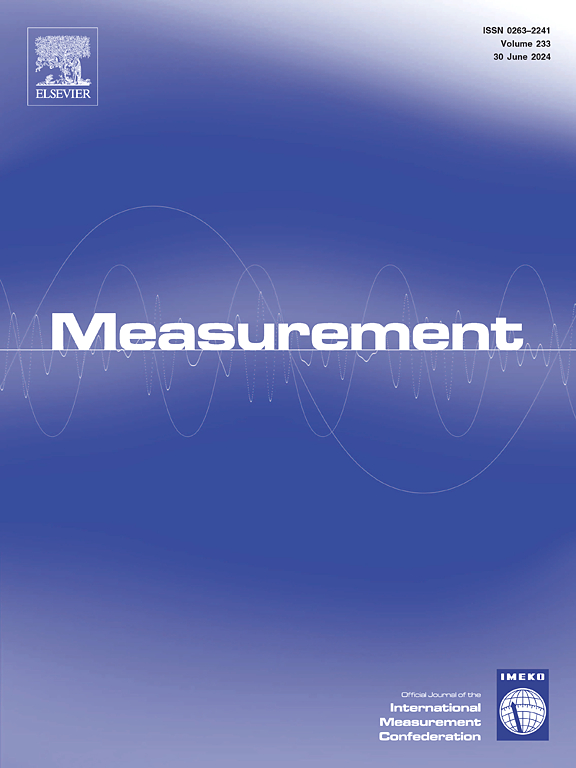Microalgae density assessment using quantum dots-based optical sensing technique
IF 5.6
2区 工程技术
Q1 ENGINEERING, MULTIDISCIPLINARY
引用次数: 0
Abstract
Monitoring microalgae density is crucial for optimizing growth conditions and ensuring productivity in cultivation systems. To offer a more efficient, accurate, and adaptable method for microalgae density assessment, this study introduces (a) an optical sensing technique that employs quantum-dot light-emitting diodes (QD-LEDs) and a high-sensitivity PIN photodiode, and (b) a calibration method based on dynamical numerical calculation. The proposed method leverages green, orange, and red QDs with diverse luminescence properties, combined with deep ultraviolet (DUV), ultraviolet (UV), and blue-light LEDs as excitation sources, offering multiple measurement options. Initially, the method evaluates microalgae densities for species such as Euchlorocystis marina and Isochrysis galbana using a standard QD-LED. Subsequently, a photocurrent-based calibration model is introduced to calibrate measurements obtained under non-standard QD-LED conditions. Compared to manual counting, our approach achieved a maximum accuracy of 0.99 and an average accuracy exceeding 0.90 across various LED chips, driving voltages, measurement angles, and QD species. With its high feasibility and tunable color options, this method holds significant potential for smart illumination-sensing systems in marine microorganism monitoring.
基于量子点光学传感技术的微藻密度评估
监测微藻密度对于优化生长条件和确保栽培系统的生产力至关重要。为了提供一种更高效、准确和适应性强的微藻密度评估方法,本研究引入了(a)采用量子点发光二极管(QD-LEDs)和高灵敏度PIN光电二极管的光学传感技术,以及(b)基于动态数值计算的校准方法。该方法利用具有不同发光特性的绿色、橙色和红色量子点,结合深紫外(DUV)、紫外(UV)和蓝光led作为激发源,提供多种测量选择。最初,该方法使用标准的量子二极管(QD-LED)来评估Euchlorocystis marina和Isochrysis galbana等物种的微藻密度。随后,介绍了一种基于光电流的校准模型,用于校准非标准QD-LED条件下的测量结果。与人工计数相比,我们的方法在各种LED芯片,驱动电压,测量角度和量子点种类上实现了0.99的最大精度和超过0.90的平均精度。由于其高可行性和可调的颜色选择,该方法在海洋微生物监测的智能照明传感系统中具有重要的潜力。
本文章由计算机程序翻译,如有差异,请以英文原文为准。
求助全文
约1分钟内获得全文
求助全文
来源期刊

Measurement
工程技术-工程:综合
CiteScore
10.20
自引率
12.50%
发文量
1589
审稿时长
12.1 months
期刊介绍:
Contributions are invited on novel achievements in all fields of measurement and instrumentation science and technology. Authors are encouraged to submit novel material, whose ultimate goal is an advancement in the state of the art of: measurement and metrology fundamentals, sensors, measurement instruments, measurement and estimation techniques, measurement data processing and fusion algorithms, evaluation procedures and methodologies for plants and industrial processes, performance analysis of systems, processes and algorithms, mathematical models for measurement-oriented purposes, distributed measurement systems in a connected world.
 求助内容:
求助内容: 应助结果提醒方式:
应助结果提醒方式:


